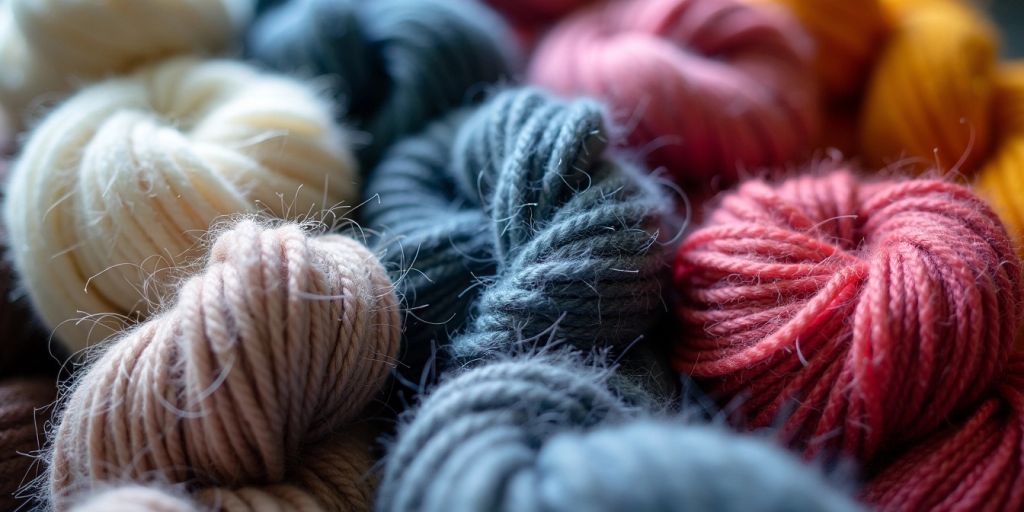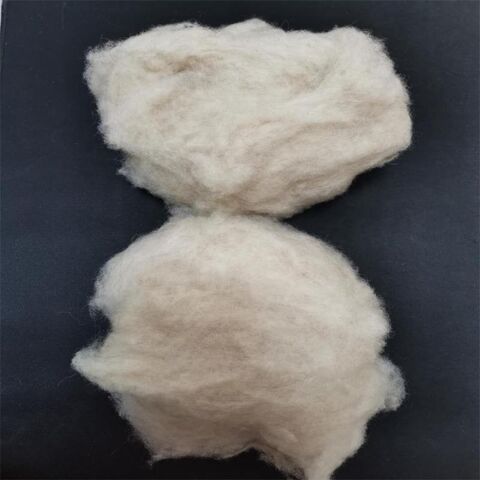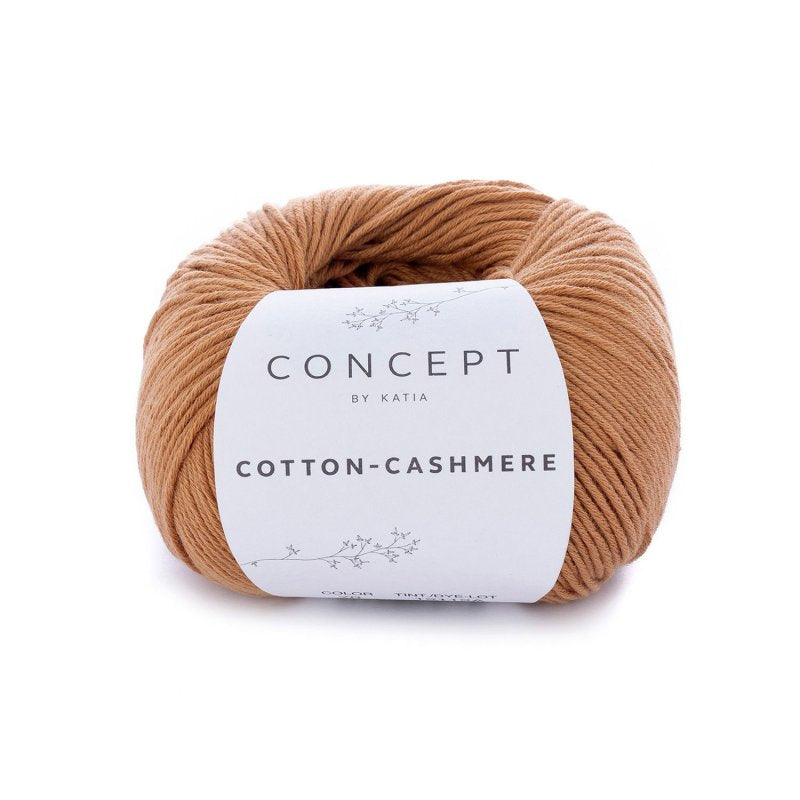The Truth Behind Is Cashmere a Natural Fiber and Its Eco-Friendly Appeal
The Truth Behind Is Cashmere a Natural Fiber and Its Eco-Friendly Appeal
Blog Article
Discover the Appeal of Cashmere an All-natural Fiber: Why It's a Must-Have in Your Closet
The allure of cashmere, a deluxe all-natural fiber, transcends plain visual appeals. Originating from the Kashmir region, this light-weight yet long lasting material has woven its way right into premium fashion as a result of its distinct residential properties and versatile allure. From reviewing its intriguing beginning to understanding its production care, process, and high quality, it's worth exploring why cashmere holds such a special area in the globe of fabrics. Discover the elegance and material of this fiber as we start an exploration of its attraction.

The Beginning and History of Cashmere: A Brief Review
While several might check out cashmere as a basic high-end, its background is steeped in rich cultural custom. Stemming from the Kashmir region in India, cashmere wool has been generated for thousands of years. The fiber is gotten from the soft undercoat of cashmere goats, harvested during their molting period.
Recognizing the Unique Features of Cashmere Fiber
Cashmere, renowned for its distinctive features, attracts attention in the globe of fabrics. This lavish fiber is exceptionally soft, offering a comfy and comfortable feel unlike any kind of other. It is substantially warmer than wool, making it an optimal choice for winter garments. In spite of its warmth, cashmere is remarkably lightweight and doesn't add unneeded bulk. This natural fiber is additionally recognized for its durability. While various other materials may use down over time, cashmere retains its quality, ensuring resilient wear. Lastly, cashmere has an unique visual allure. Its gentle appeal and style make it a staple in premium fashion. Comprehending these residential or commercial properties clears up why cashmere is not just a luxury, yet a beneficial investment for any wardrobe.

The Process of Making Cashmere: From Goat to Garment
To appreciate the glamorous buildings of cashmere totally, one have to recognize its trip from the raw fiber to the finished product. The process begins with the cashmere goats, predominantly discovered in Mongolia, China, and Iran. The pure cashmere is then colored, spun into thread, and ultimately knitted or woven right into the sought after garments.

Decoding the Quality and Cost: Why Is Cashmere so Expensive?
Cashmere stems from the great undercoat of the cashmere goat, with each goat producing a mere 150 grams every year. The handling of raw cashmere needs both time and proficiency, with the fibers needing to be very carefully sorted, cleaned, and spun. These elements integrated make cashmere a pricy yet extremely in-demand asset in the globe of fashion.
Cashmere in vogue: The Convenience and Classic Charm
Regardless of its high price, the ageless allure and flexibility of cashmere have actually strengthened its place in the realm of fashion. The fiber's special texture, defined by its soft qualities and heat, has actually ended up being synonymous with luxury and comfort. Its my sources adaptability prolongs past seasonal patterns, making it a wardrobe vital in various types, from elegant sweatshirts to trendy headscarfs. The flexible nature of cashmere enables its assimilation into both official and informal clothing, representing its wide charm. Furthermore, the material's sustaining popularity over the years vouches for its ageless appeal. As fads come and go, cashmere continues to be a consistent, its allure undiminished, remaining to motivate and form the fashion market's landscape.
Taking Care Of Your Cashmere: Upkeep and Preservation Tips
Guaranteeing the longevity of cashmere garments requires particular treatment and focus. These prized properties must not be tossed into the washing equipment with routine laundry. Rather, hand washing with mild, pH-neutral soap in lukewarm water is recommended. After washing, they ought to not be wrung out. Instead, they must be delicately pressed in between towels to soak up excess water, then laid flat to completely dry. Normal cleaning with a cashmere comb can prevent pilling. Storing these items in a trendy, completely dry place, preferably in a breathable bag, can safeguard them from moths and moisture (is cashmere a natural fiber). A periodic airing outside, far from direct sunlight, can refresh the fibers. With these maintenance and conservation pointers, one can guarantee their cashmere stays luxuriously soft and long lasting.
Final Thought
Cashmere, with its unequaled gentleness and warmth, supplies both luxury and resilience. Its beginning from the Kashmir region and meticulous manufacturing process add to its high-end allure and expense. Its versatility in vogue and enduring beauty make it a worthy financial investment for any closet. With proper treatment and preservation, Full Report cashmere garments can last for several years, providing an one-of-a-kind blend of convenience, style, and top quality. Discover the attraction of cashmere and elevate your fashion arsenal.

Report this page